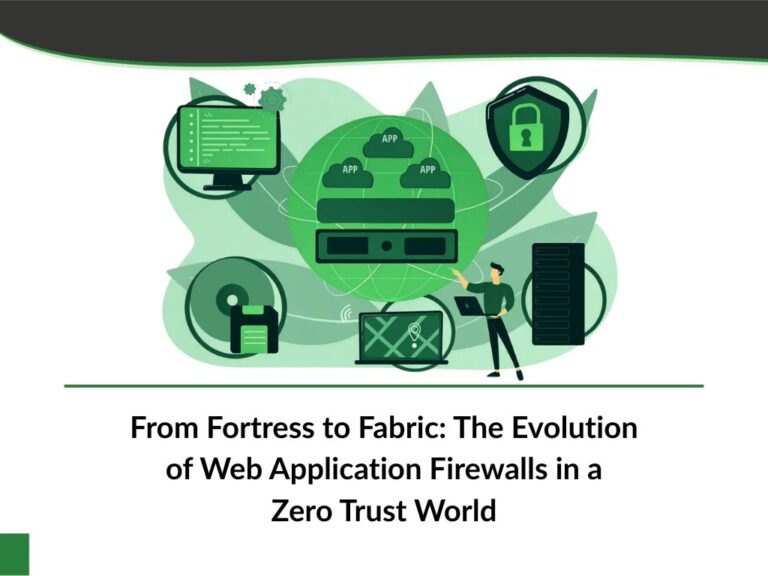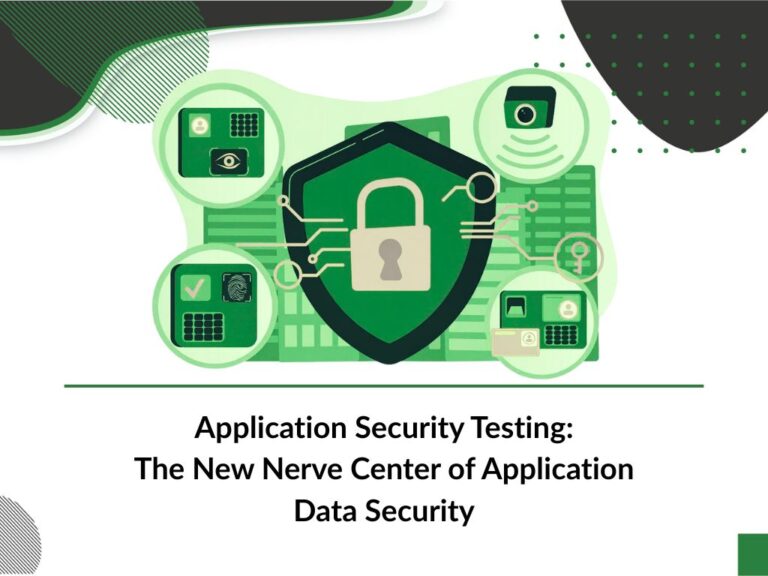In a time when digital transformation has become a foundational pillar of business success, the silent cornerstone enabling trust, security, and resilience is cryptography. Every enterprise, whether knowingly or not, is deeply dependent on cryptographic services—yet few have a handle on the scope, sprawl, or strategic importance of these services.
This reality is why I joined Garantir as CEO. Garantir delivers innovative cryptographic services and automation solutions that sit at the very core of enterprise security. As cyber threats scale, quantum computing looms, and AI systems demand new protections, Garantir’s solutions aren’t just important—they’re essential to safeguarding the very infrastructure of modern business and society.
The Hidden Kernel of Cybersecurity
Cryptography powers nearly every critical function in cybersecurity:
- Authentication – Validating identities across systems, users, and machines
- Data Protection & Privacy – Ensuring confidentiality and integrity in transit, at rest, and in use
- Secure Communications – Encrypting sensitive interactions internally and externally
- Access Control – Enabling role-based privilege and authorization models
- Software Supply Chain Security – Verifying code, signatures, and sources
- IoT, Robotics, and Autonomous Systems – Securing the physical-digital interface
It is, quite literally, the underlying kernel that supports every major cybersecurity function—PKI, CLM, IAM, PAM, DLP, etc.— the cryptographic services that power these systems remain unmanaged, duplicated, and dangerously fragmented.
Unmanaged Cryptographic Sprawl
Most organizations do not realize that cryptographic assets—keys, certificates, protocols, algorithms, and signing services—are spreading like wildfire across their environments:
- From cloud computing environments / SaaS operations to on-prem IT environments
- From network devices and systems, application/web servers, middleware devices and databases
- From software supply chain and code signing to DevOps, software entities, workloads, containers, and APIs
- From human and machine identities to software entities
- Across OT, IoT, robotics, autonomous systems, and edge devices
These assets are embedded in countless IT resources, software entities tools and systems—each one implementing its own isolated cryptographic instance. This stovepiped sprawl results in:
- Operational risk and Complexity: Misconfigured crypto systems, loss of cryptographic keys, expired certificates, slow processes / crypto latency – all can bring down systems or applications, halting business operations.
- Security risk: Poorly managed cryptographic keys or misconfigured implementations, vulnerable algorithms or key lengths – all become easy attack vectors for attackers, ransomware, insider threats, or nation-state actors.
- Compliance risk: Regulatory mandates and changing industry standards (NIST, PCI-DSS, US EO 14028, GDPR, NIS2) increasingly require centralized visibility and control over cryptographic functions.
Worse still, most organizations cannot even see where their cryptographic services live, let alone control them.
The Need for Unified Enterprise Control
We need to start thinking about cryptographic services the same way we think about other core enterprise functions. Just as identity and access management (IAM) or endpoint security require central governance, cryptographic services need:
- Enterprise administration and control
- Permissions derived from federated identity providers
- Automated key and certificate lifecycle management
- Visibility across cloud, on-prem, and hybrid environments
- Ease of use via no-code and low-code integrations
- Readiness for quantum-safe algorithms
Enterprises must move from ad hoc usage of cryptography to a strategic cryptographic mission—where crypto services are unified, governed, automated, and integrated across the business.
Why Garantir
Garantir was founded to solve this exact problem. Its unique approach to cryptographic services builds upon the identity-centric and zero-trust-focused foundations laid by modern cybersecurity initiatives. By enforcing security controls at the cryptographic primitive level, Garantir is able to draw the smallest zero-trust boundary possible – at the datum level, which is akin to the cellular level of an enterprise’s IT infrastructure. This approach enables a healthy balance of Security, Performance, Compliance, and Ease of Use via:
- Dynamic enforcement of zero trust controls like MFA, Just-in-Time Access, etc. without code changes or modifications to resource servers
- A single methodology that works across multiple use cases like Data Security, Software Supply Chain Security, PKI, and PAM
- Integration with on-premise and cloud-based infrastructure such as Hardware Security Modules (HSM), Certificate Authorities (CA), Key Management Systems (KMS), Identity Providers (IdP), Databases, etc.
- Support for both classical and post-quantum cryptography and AI-driven risk
At a time when cryptographic failure can result in catastrophic downtime, regulatory action, or nation-state compromise, Garantir’s unified, cryptographic-first security approach is not just innovative—it’s indispensable.
The Road Ahead
In an age of exponential digital change, rapid advancement of artificial intelligence, emergence of quantum computing, combined with the explosion in machine and non-human identities, robotics, and autonomous systems – the stakes have never been higher. Our physical and digital worlds are quickly blending into one inseparable reality.
Cryptographic services are not a back-end IT feature relegated to a dark art and a few practitioners. They are fundamental to protecting our future way of life – literally the very foundation on which trust is being built. We must recognize and embrace the critical role these services contribute to our continuous digital interactions and maintaining our everyday social and economic ecosystem.
I joined Garantir because I believe their vision, technology, and domain expertise are instrumental in solving these current and evolving challenges. Garantir is providing organizations a strategic “road forward” in enabling and controlling cryptographic services on a tactical and holistic level – and helping them secure the systems that secure our world.


